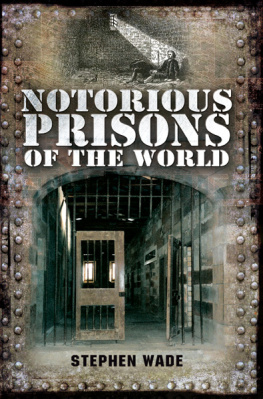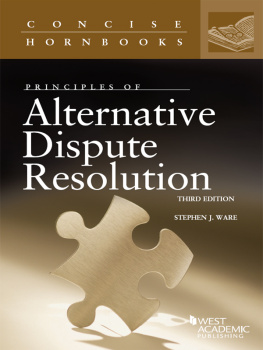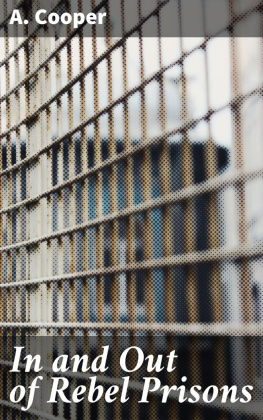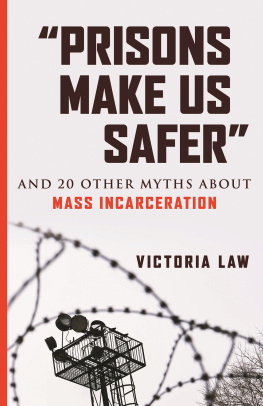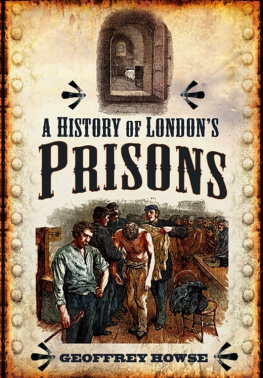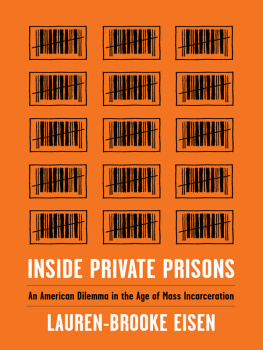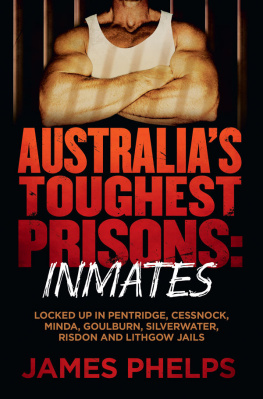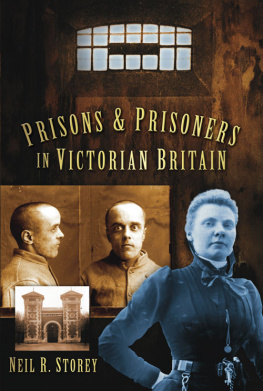First Published in Great Britain in 2013 by
Wharncliffe Books
an imprint of
Pen and Sword Books Limited,
47 Church Street, Barnsley,
South Yorkshire. S70 2AS
Copyright Stephen Wade, 2013
ISBN: 978 184563 164 2
EPUB ISBN: 978 147382 241 2
PRC ISBN: 978 147382 193 4
The right of Stephen Wade to be identified as author
of this work has been asserted by him in accordance
with the Copyright, Designs and Patents Act, 1988.
A CIP catalogue record of this book is available from the
British Library.
All rights reserved. No part of this book may be reproduced, stored in a
retrieval system, or transmitted, in any form or by any means, electronic,
mechanical, photocopying, recording or otherwise, without the prior permission in
writing of the publishers.
Typeset in Palatino by
CHIC GRAPHICS
Printed and bound in England by
CPI Group (UK) Ltd, Croydon, CR0 4YY
Pen & Sword Books Ltd incorporates the imprints of
Pen & Sword Aviation, Pen & Sword Family History, Pen & Sword
Maritime, Pen & Sword Military, Pen & Sword Discovery, Wharncliffe
Local History, Wharncliffe True Crime, Wharncliffe Transport, Pen & Sword
Select, Pen & Sword Military Classics, Leo Cooper, Remember When,
The Praetorian Press, Seaforth Publishing and Frontline Publishing
For a complete list of Pen & Sword titles please contact:
PEN & SWORD BOOKS LIMITED
47 Church Street, Barnsley, South Yorkshire, S70 2AS, England.
E-mail:
Website: www.pen-and-sword.co.uk
Contents
Introduction
I n the course of my six years of work as a writer in various prisons, I constantly discussed, or was asked, if prison worked. The question echoed a constant will to succeed, a drive to prove that criminals could be contained in a community in such a way that they might be returned to society as good citizens. There was a massive amount of paperwork and there were endless meetings, several training initiatives and endless theoretical gambits, aimed at improving success rates, to say nothing of the impressive variety of professionals working within the prison walls. With all that effort and investment, prison should have worked but for who and for what purposes? The brick wall of failure was always there in the form of career criminals whether they were the ones who saw crime as a career or whether they were the ones choosing a prison cell for warmth in the winter months.
Prison worked for too many vested interests, and in too many ways. As a historian, I can see that same pattern in the houses of correction of the Georgian years, just as much as in the massive penitentiaries created by the Victorians. The only real differences between prisons c.1850 and those of today in this respect is that now they have a duty of care and the social scientists inside and behind them.
AN OVERVIEW
On the walls of the prison at York Castle, there is a square of stone with these words carved into the surface:
This prison is a House of Care
A grave for man alive.
A Touch Stone to thee, friend,
No place for man to thrive.
The lines hint at the layers of paradox behind the conception of a prison. They also record a revolution in penal philosophy. In the first place, the words stress care rather than the original meaning of a prison, from the Latin prensio-ionis, meaning seizure. On the other hand, the York gaol is also a kind of grave and warning to those reading the inscription. A criminal act could take them and seize them, and they would be in a grave and yet in care. The words were put there in 1820, in that period after the first flush of the Enlightenment, a time when the notion of a prison was a focus of great philosophical and reflective interest to writers and thinkers across Europe.
This book will relate the history of prisons and their punishment, assessing how these places gradually became far more than the original dark holes of oblivion in early civilizations. Ye t that is too simplistic and Euro-centred because the worlds great empires created prisons with attitudes varying markedly from the so-called civilised world of the West. The clash of the empires in global invasions and settlements brought with it a notable set of differences in notions of what prisons are for and whether or not they worked. My principal aims are to give an account of the prison systems across the world and to explain the thinking behind them, as well as the regimes of suppression and control inside the walls.
Contrary to popular belief, a prison is not, and has never been, a rational creation. In fact, the challenge for states and regimes over the centuries since the first black dungeons of oblivion has to attempt rationality. This has been against the grain of human community, with necessary bonds of friendship or mutual protection, and the imposition of order and routine has always been made on the shifting sands of human frailty, error and muddle. Even today, with the full armoury of technology behind prison management, the establishment has to function on the assumption that any new day might bring a tumult of rage and disorder, and that could happen through one small act of neglect or one waiving of a rule.
Before there was any attempt at applying an organising principle of uniformity on the feckless and wayward criminal population held forcibly behind the high stone walls, there was no concession to any principle of caring. The first penal ideas were founded on the destruction of the individual - sheer retribution - and the ripping away of the mind and the body, sometimes by attrition and sometimes by immediate application of the Mosaic Law.
These general thoughts suggest built-in failure, but in fact there has always been an instinctive belief in prison government that collectives of prisoners can easily be ruled and suppressed by means of ritual and psychological application even more than by fear. In a prison community, the domination of the few over the many is applied through the use of a powerful combination of ritual methods. Working in prisons, I have stood with one officer, watching a line of 40 men walk in single file from a prison block to an exercise yard, in perfect order and with restraint. The first time I saw this, I sensed that if that group of prisoners had a means of united action, the officer and myself would be at their mercy. Why and how is the power of the oppressors, those who maintain the withdrawal of freedom from the imprisoned, held and retained?
The answer is in the fear of consequences and the virtual impossibility of action outside the sanctioned actions. Regulation is the seat of power and enforced in every single act of the prisoner. When a man in the British prison system does attempt an escape, for instance, symbolism and taboo come into play. He is forced to wear a parti-coloured outfit of yellow and blue. His stigma as the man who attempted to break the steel rules of regulation is displayed for all; his colour in sharp contrast to the dull green or grey of the other inmates.
Those who have conceived and established prisons from the first hellish pits and cages where torture and deprivation crushed the prisoner, have understood that the prison has to work by extreme suppression or by the exercise of what we would now call the psychology of group dynamics, but what was formerly conceived as a hierarchy of power, cowing the de-humanised victim of the system.
At the heart of this thinking about what makes a working and successful prison is the erasure of identity. Even today, the new arrival at a prison enters reception and that entails a relentless and minutely-planned depersonalization. A person walks into the reception gate wearing his normal clothes and with pockets and possessions. After what the American language refers to as being processed he is a non-person, an entity with a number and a regulation set of clothing. His possessions have been placed in a labelled bag along with his civilian clothing, until he is released. The prisoner has stepped into an alternative world: a place in which time is ordered differently and in a sense, stops, loses real meaning, as the days coalesce into months and the months into years. When Oscar Wilde entered Pentonville Gaol in 1895 he was transmuted from the fashion-loving, stylish writer and wit into a piece of government property and wearing the suit of black arrows to signify that fact. Wilde wrote of that first impact of being inside:
Next page
